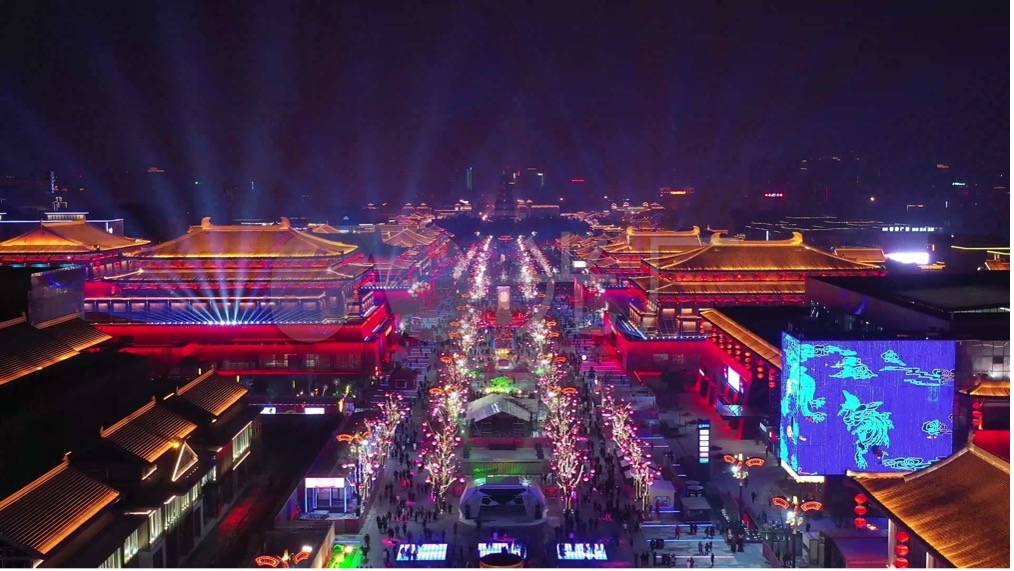Shaanxi (陕西) was an important province in China's imperial past. Xi'an (西安) served as the capital of China for 13 dynasties over 1,100 years, from 221 BC to 904 AD. It was the seat of China's first imperial civilization. Xi'an, a place of great significance in Chinese history, is well-endowed with historical sites and relics. Now most of these relics, once scattered around the region, have found their way to Shaanxi Provincial Museum.
Xi'an City Wall (西安城墙), is the first landmark visitors will encounter in Xi'an is the ancient city wall, which surrounds the old city in a large square area. The northern side runs parallel to the railway. Xi'an was originally a walled city, and even today the wall is considered a landmark dividing the city into the inner part and the outer part. The city wall is massive — tall, long and thick. The South Gate and North Gate are the two main entrances to the inner city. The city itself is neatly arranged along the city wall. As you leisurely stroll on some of the ancient city wall, you can best enjoy its inner and outer walls, watchtowers, moat, and landscaped environs, as well as slightly elevated views of the city. Having an expert guide will help you appreciate the city wall's history. It is recommended that you visit in the late afternoon for the best combination of temperature and light for photography. It is also wonderful to stay till evening and enjoy the colorfully-lit wall and Xi'an night views.

Xi'an Bell Tower (西安钟楼), was built in the 17th year (1384) of the Hongwu Period of Emperor Zhu Yuanzhang's reign during the Ming Dynasty (1368-1644). It sits in the center of Xi'an ancient city, which is the largest and the best-retained one of its kind in China, and it's of a high historical and artistic value. Standing on a quadrate brick-wood-structured pedestal, the 36-meter tall (118 feet) Xi'an Bell Tower is 35.5 meters (116 feet) long at each side and is crowned by three-layer eaves, and a winding staircase leads you to the top of the tower inside. The Bell Tower is resplendent and magnificent, on the top of which stands a gilded bottle-shaped ornament which shines brightly in the sun. A 6-meter (20 feet) tall arched gate opens in the west, east, north and south sides respectively, through which all traffic passes.
Xi’an Drum Tower (西安鼓楼), was built in the 13th year (1380) of the Hongwu Period during Emperor Zhu Yuanzhang's reign of the Ming Dynasty (1368-1644), as the largest one of its kind in China. It was renovated in the 38th year (1699) of Emperor Kangxi's reign and the 5th year (1740) of Emperor Qianlong's reign during the Qing Dynasty (1644-1911) respectively, and it still stands in Xi'an ancient city now. There used to be a huge drum in the Drum Tower, which was beat to tell the time every afternoon during the Ming (1368-1644) and the Qing (1644-1911) dynasties, hence the name of the Drum Tower.
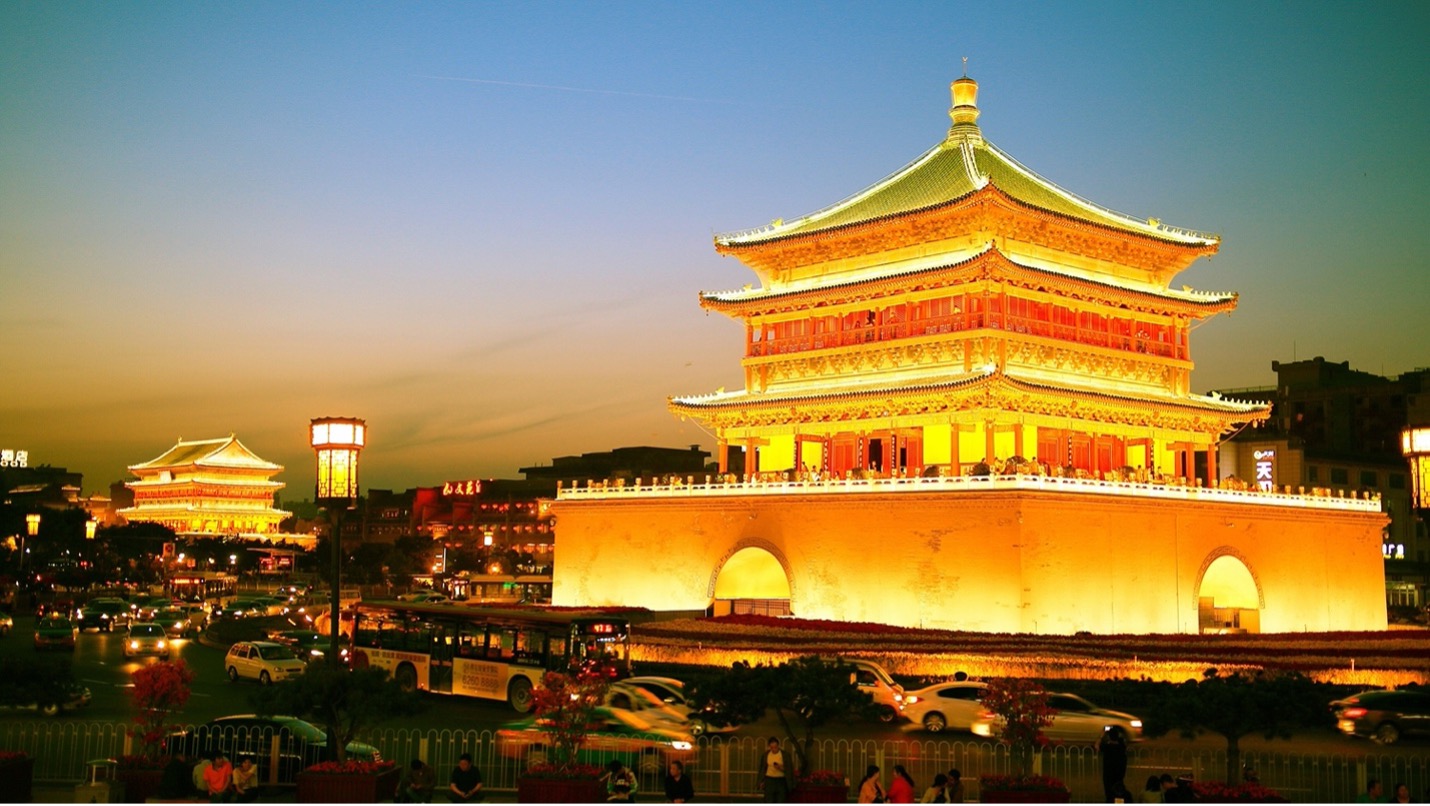
Big Wild Goose Pagoda (大雁塔), is one of the most famous Buddhist pagodas in China, situated in Da Ci'en (Great Kindness and Grace) Temple, about four kilometers from the urban center. The Pagoda was built in the Tang Dynasty (618-907) for the study of Buddhist scriptures. Although it has been attacked by centuries of weather, war and seismic activity, which destroyed most of the original material of the structure, a pagoda by this name and style still exists on the site. The Tang regime gave orders to build a chamber for the translation of Buddhist scriptures in an effort to have the then widely renowned Master Xuanzang agree to be the head of the temple. Big Wild Goose PagodaBig Wild Goose Pagoda Xuanzang was a Buddhist monk who traveled to India, translated Sanskrit scriptures and developed theories of consciousness, karma and rebirth that were adopted by some later popular schools of Buddhism.
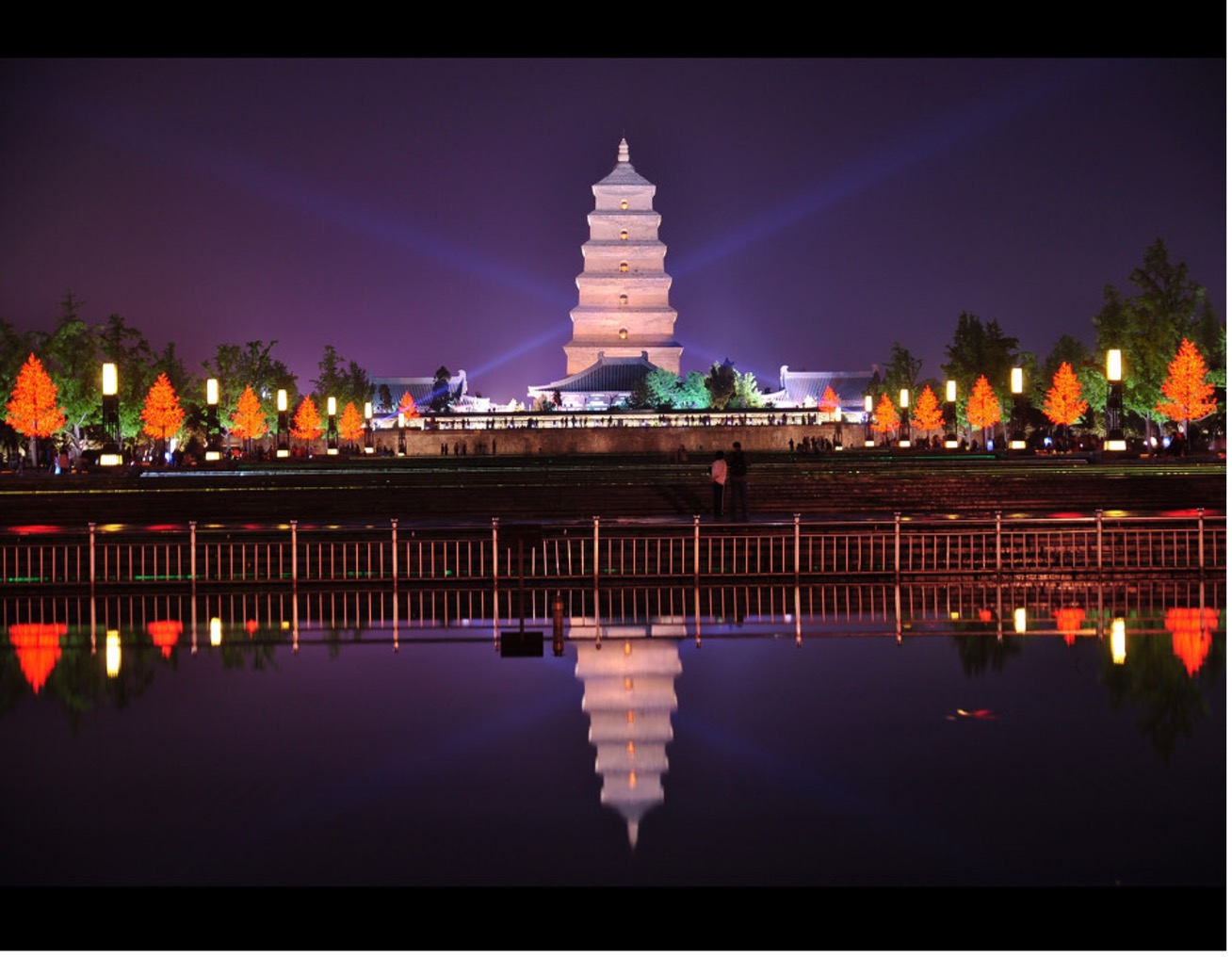
Shaanxi History Museum (陕西历史博物馆), is a tribute to Shaanxi's glamorous imperial past, located to the northwest of Big Wild Goose Pagoda, in the southern suburbs of Xi'an city, Shaanxi Provincial Museum is a tribute to Shaanxi's glamorous imperial past. The museum building was designed in China's grand and elegant ancient Tang Dynasty (618-907) style. The building covers an area of over 70,000 square meters and houses more than 37,000 historical relics excavated from all over Shaanxi Province. The collection includes bronze ware from the Western Zhou Dynasty, 3,000 years ago, terracotta figures, gold and silver ware and murals discovered in Tang tombs. The main part of the museum is composed of three sections: the General Exhibition Hall, the Local Themes Exhibition Hall and the Temporary Exhibition Hall. If you are interested in Chinese culture, there is the option of seeing a tomb murals exhibition for an extra 150 yuan.
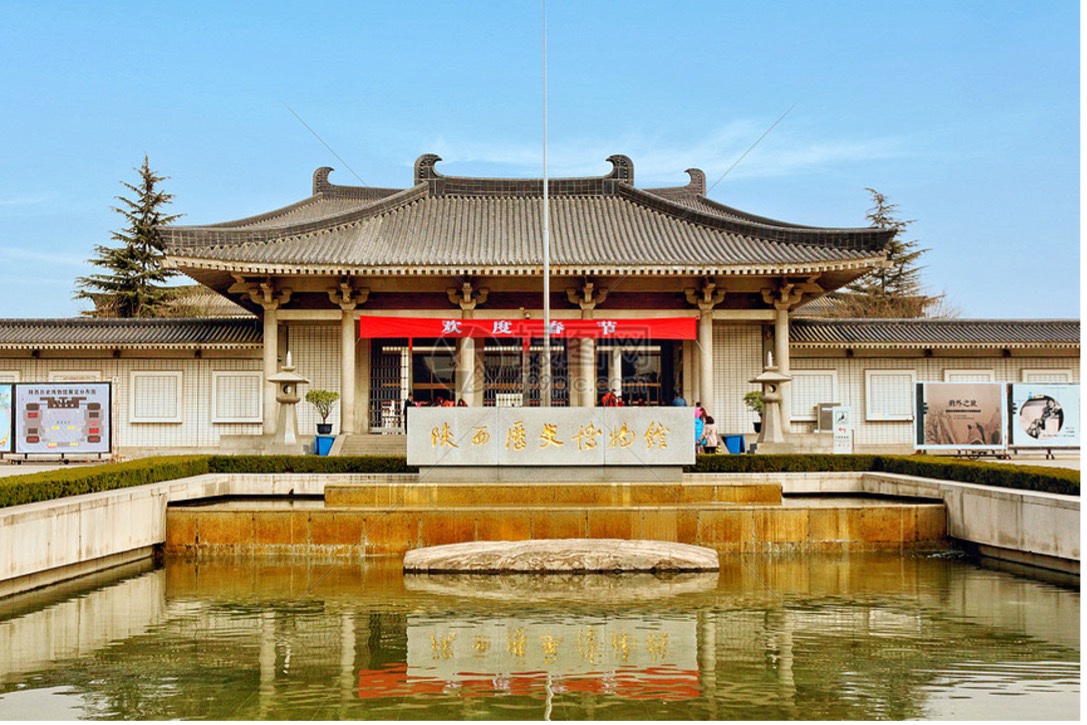
The Terracotta Army (秦始皇陵兵马俑), is constructed to accompany the tomb of China's First Emperor as an afterlife guard. There are thousands of detailed life-size terracotta soldier models represent the guard troops of the first emperor—Qin Shihuang. They were molded in parts, fired, then assembled and painted. The Terracotta Army Museum in Xi'an is a must-see. It is considered one of the greatest archaeological sites in the world, and one of the greatest discoveries of the 20th century.
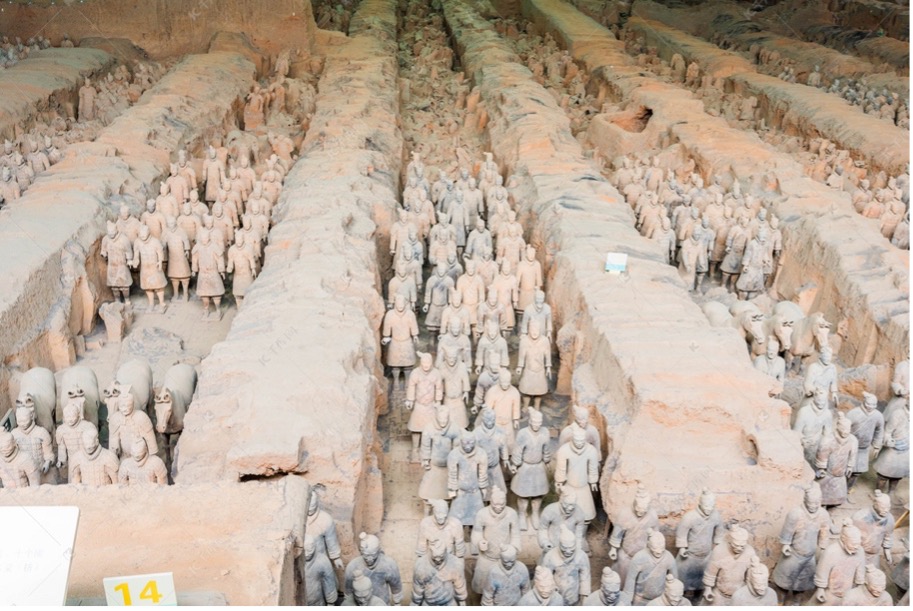
Grand Tang Mall (大唐不夜城), also called Grand Tang Dynasty Ever Bright City, is a 1,500m (1,640yd) pedestrian street, located south of the Giant Wild Goose Pagoda and west of Tang Paradise. It is line with buildings featuring Tang Dynasty (618 - 907) architecture and sculptures telling Tang stories. In addition, tourists can enjoy street performances, a variety of food and shopping here. Every January and February around Chinese New Year, extra activities are held, so it can be one of the best Chinese New Year destinations for you. The best time to come here is at night after the lights are lit up and people start to gather to have fun.
